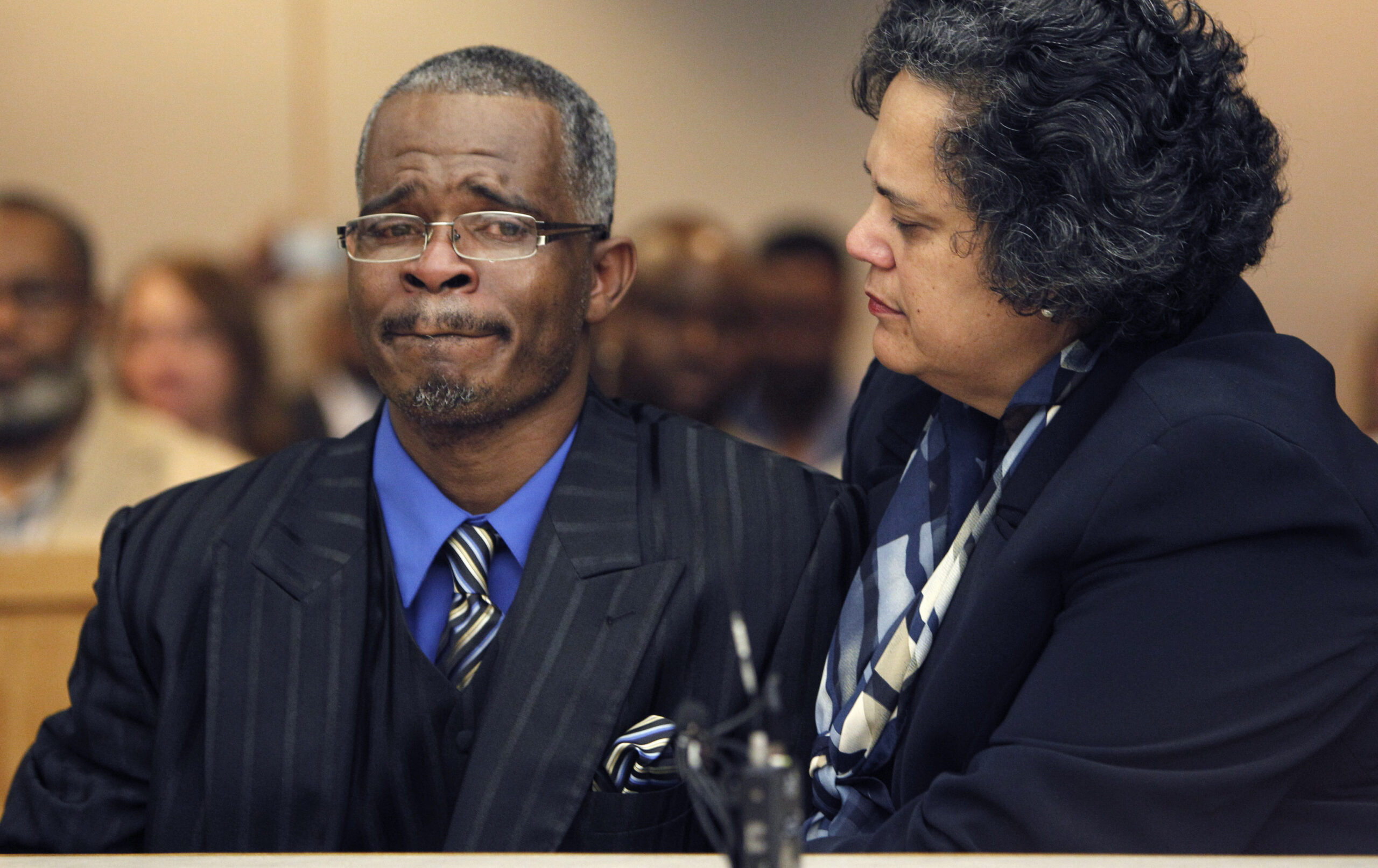Who Gets Wrongly Convicted and Why

On Feb. 4, Freddie Peacock was cleared of his wrongful conviction for rape 33 years ago in New York state. He’s the 250th innocent person exonerated in the United States by DNA testing, according to the New York-based Innocence Project. To mark the occasion, the Innocence Project released a report that details each of the 250 cases.
The report has some fascinating figures on who gets wrongly convicted and why. I’ve listed a few of the most interesting numbers below. My comments are in italics.
—The 250 innocent people have been sent to prison in 33 states for a combined 3,160 years. That’s an average of 13 years in prison. Think about where you were in 1997. (I was in the middle of my sophomore year in college). Bill Clinton was just a year into his second term. Now think about spending every day from 1997 till now in prison for a crime you didn’t commit.
—60 percent of the 250 exonerees are African American; 29 percent are white.
—17 were on death row when they were exonerated. That’s 17 innocent people who would have been executed had DNA testing not cleared them. You have to assume there’s been an innocent person somewhere who wasn’t lucky enough to have testable DNA in their case and was wrongly executed in this country—quite possibly in Texas and quite possibly Cameron Todd Willingham.
—76 percent of the wrongful convictions were caused, at least in part, by witness misidentification. In 38 percent of the cases, more than one eyewitness wrongly identifying an innocent person.
—52 percent of the cases involved faulty forensic evidence. Makes me think of the flawed arson convictions of Curtis Serverns and Ed Graf that the Observer chronicled last year.
—In 27 percent of the cases, the accused falsely confessed to a crime that DNA would later prove they didn’t commit.
I know many people can’t envision how someone could confess to a crime they didn’t commit, but it clearly happens. And I believe that’s what happened to Alfredo Guardiola, who the Observer profiled last fall.
—Finally, the 250 wrongful convictions allowed the actual perpetrators to commit at least 72 violent crimes that could have been prevented. This is the facet of wrongful convictions that’s often overlooked. Wrongful convictions harm many people, not just the person imprisoned for a crime they didn’t commit. That includes the victims (and their families) of violent crimes that could have been prevented had the right person been in prison all along.


